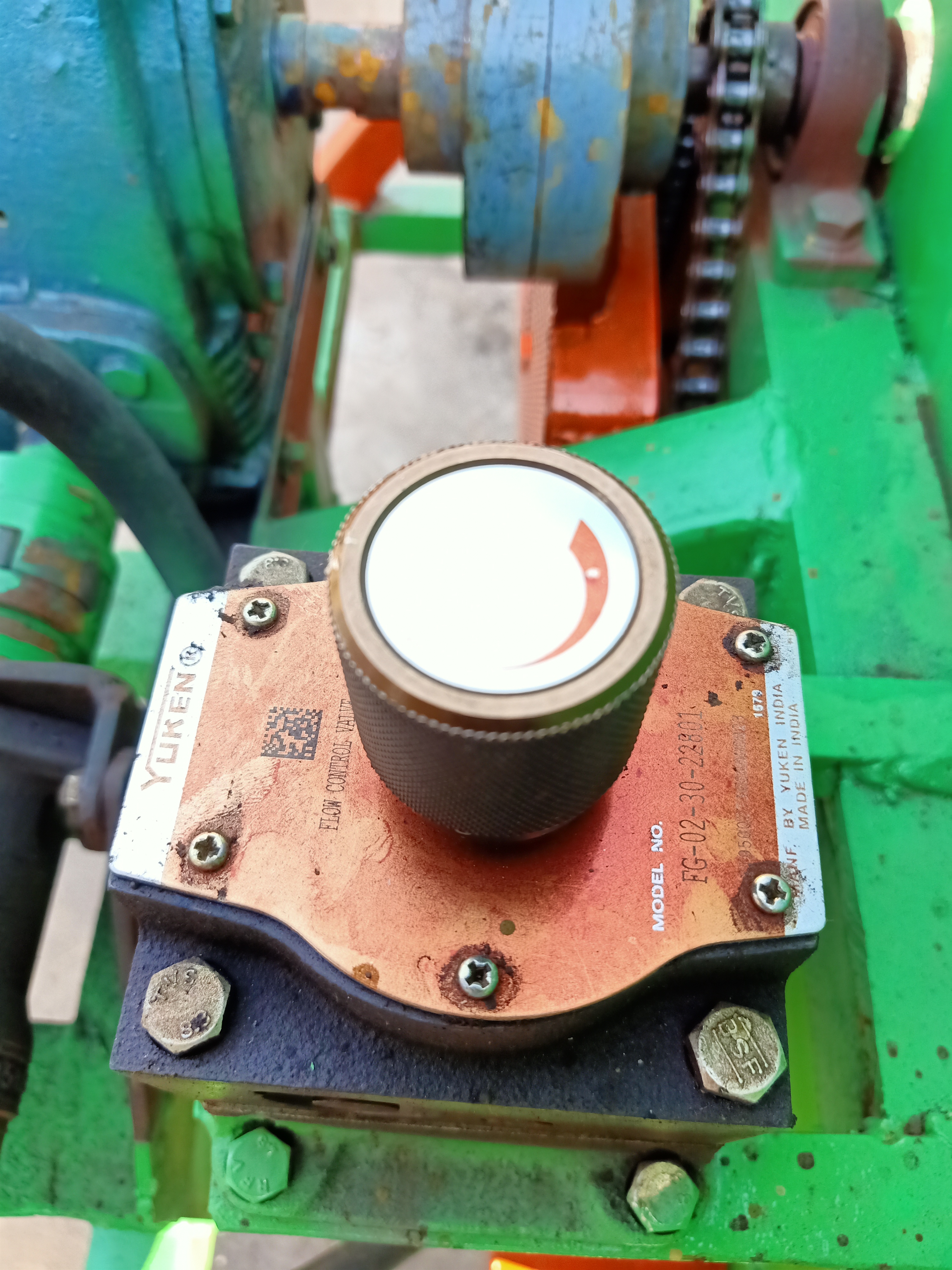Flow control (fluid) on:
[Wikipedia]
[Google]
[Amazon]
 Flow control is a field of
Flow control is a field of
 Aurora Flight Sciences is a
Aurora Flight Sciences is a
(Control of Revolutionary Aircraft with Novel Effectors) grantee. It initially involved testing a small-scale plane that uses compressed air bursts instead of external moving parts such as flaps. The program seeks to eliminate the weight, drag, and mechanical complexity involved in moving control surfaces. The air bursts modify the air pressure and flow, and change the boundaries between streams of air moving at different speeds. The company built a 25% scale prototype with 11 conventional control surfaces, as well as 14 banks fed by eight air channels. In 2023, the aircraft received its official designation as X-65. In January 2024, DARPA and Aurora started CRANE Phase 3, building the first full-scale X-65 aircraft using active flow control actuators for primary flight control. The 7,000-pound X-65 will be rolled out in early 2025 with the first flight planned for summer of 2025.
 Flow control is a field of
Flow control is a field of fluid dynamics
In physics, physical chemistry and engineering, fluid dynamics is a subdiscipline of fluid mechanics that describes the flow of fluids – liquids and gases. It has several subdisciplines, including (the study of air and other gases in motion ...
. It involves a small configuration change to serve an ideally large engineering benefit, like drag reduction, lift increase, mixing enhancement or noise
Noise is sound, chiefly unwanted, unintentional, or harmful sound considered unpleasant, loud, or disruptive to mental or hearing faculties. From a physics standpoint, there is no distinction between noise and desired sound, as both are vibrat ...
reduction. This change may be accomplished by passive or active devices.
Passive vs active
Passive devices by definition require no energy. Passive techniques include turbulators or roughness elements geometric shaping, the use of vortex generators, and the placement of longitudinal grooves or riblets onairfoil
An airfoil (American English) or aerofoil (British English) is a streamlined body that is capable of generating significantly more Lift (force), lift than Drag (physics), drag. Wings, sails and propeller blades are examples of airfoils. Foil (fl ...
surfaces.
Active control requires actuators that require energy and may operate in a time-dependent manner. Active flow control includes steady or unsteady suction or blowing, the use of synthetic jets, valves and plasma actuators. Actuation may be pre-determined (open-loop control) or be dependent on monitoring sensors (closed-loop control).
Aircraft wings
Airplane wing performance has a substantial effect on not only runway length, approach speed, climb rate, cargo capacity, and operation range but also noise and emissions. Wing performance can be degraded byflow separation
In fluid dynamics, flow separation or boundary layer separation is the detachment of a boundary layer from a surface into a wake.
A boundary layer exists whenever there is relative movement between a fluid and a solid surface with viscous fo ...
, which depends on the aerodynamic characteristics of the airfoil. Aerodynamic and non-aerodynamic constraints often conflict. Flow control is required to overcome such difficulties. Techniques developed to manipulate the boundary layer
In physics and fluid mechanics, a boundary layer is the thin layer of fluid in the immediate vicinity of a Boundary (thermodynamic), bounding surface formed by the fluid flowing along the surface. The fluid's interaction with the wall induces ...
, either to increase lift or decrease drag, and separation delay come under the general heading of flow control.
 Aurora Flight Sciences is a
Aurora Flight Sciences is a DARPA
The Defense Advanced Research Projects Agency (DARPA) is a research and development agency of the United States Department of Defense responsible for the development of emerging technologies for use by the military. Originally known as the Adva ...
br>CRANE(Control of Revolutionary Aircraft with Novel Effectors) grantee. It initially involved testing a small-scale plane that uses compressed air bursts instead of external moving parts such as flaps. The program seeks to eliminate the weight, drag, and mechanical complexity involved in moving control surfaces. The air bursts modify the air pressure and flow, and change the boundaries between streams of air moving at different speeds. The company built a 25% scale prototype with 11 conventional control surfaces, as well as 14 banks fed by eight air channels. In 2023, the aircraft received its official designation as X-65. In January 2024, DARPA and Aurora started CRANE Phase 3, building the first full-scale X-65 aircraft using active flow control actuators for primary flight control. The 7,000-pound X-65 will be rolled out in early 2025 with the first flight planned for summer of 2025.
References
{{Engineering-stub Fluid dynamics Control devices Israeli inventions